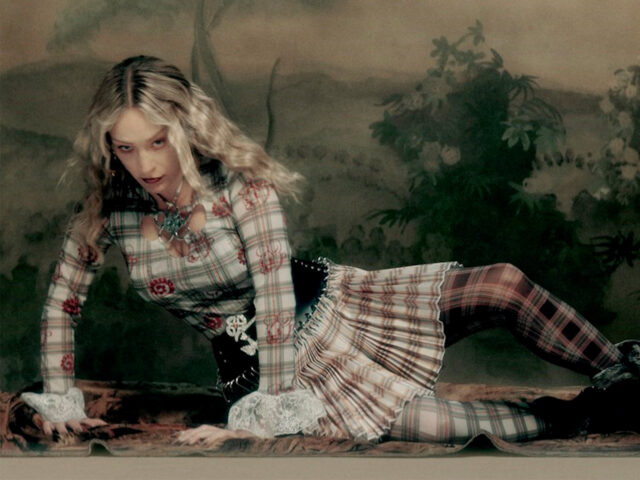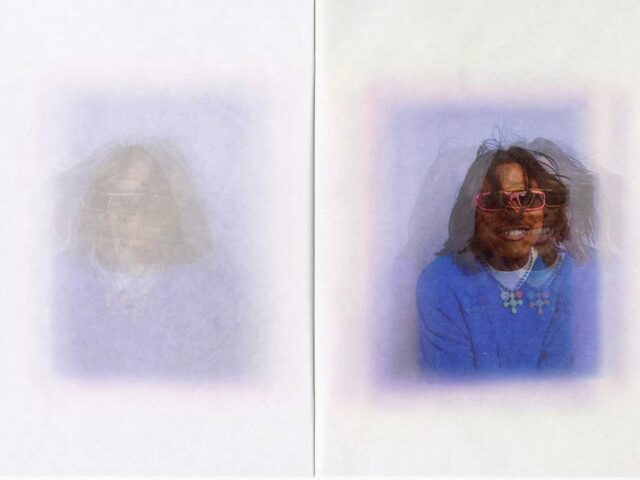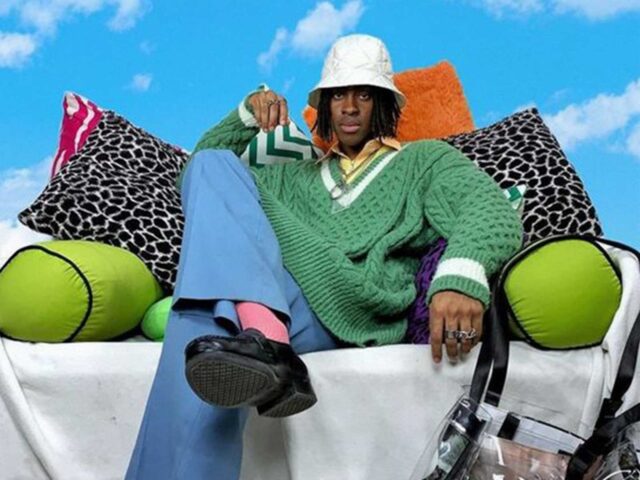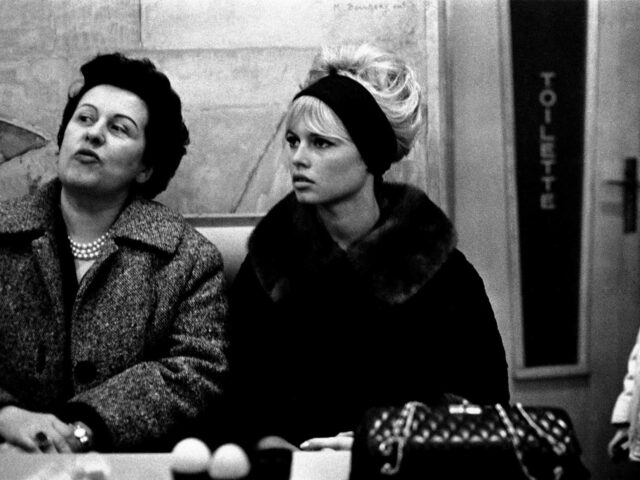Before the concept of ‘influencer’ existed, bloggers and internet or fashion icons were called it girls. A cool girl archetype that stood out for its aura, elusiveness and indie cultural appeal, which has been evolving (and even becoming distorted) over time through the fetishist movement of social networks that turns everyone into an it girl, so that in the end no one really is.

Beyond decoding the concept of it girl itself, as if it were a product or material object that should be reviewed, let’s focus on the internet obsession with this archetype that seems to have lost all meaning, if it ever had.
That type of personality that has become a benchmark for her lifestyle, her image and aesthetics, is now going through the feeds in the form of Bella Hadid, Alexa Demie or Emma Chamberlain, or an infinity of girls framed within the normative canon of beauty. It all depends on your algorithmic system.
In TikTok, as a social space where all the micro-trends and/or viral profiles are born and die, there is a whole industry behind the self-styled it girls, who offer in their social networks links of affiliation of companies or brands as manuals so that we can become their character. It would be something similar to a video game, and the personalization or customization of an avatar, but in real life.
THE VIRALIZATION OF THE IT GIRL
This phenomenon of the internet age, and even of a period before our chronic connection to social media, it girls served as a prism for the world in which they lived: as a mirror in which to reflect the culture around them, like Chloë Sevigny in her projection of the countercultural spirit of nineties youth culture. Everyone wanted to be like her, but the weirdness of her character was what made her both attractive and hypnotic at the same time.
Now, this archetype is transformed and massified in social networks, resulting in confusion due to the fact of being sold as a product to a mass audience, when its essence lies in the unusual. The viralization of the term on the Internet is now related to the purchase of items, especially fashion pieces, with which to religiously follow trends, and remain chained to the consumerist system.
DISTORTING THE ARCHETYPE
Today’s influencers or it girls project an image, mostly fictionalized, with images or videos of their coolest features, and enviable moments or dreamy looks for girls with a size 34. A status of a casual, distant and carefree or “disconnected” girl who does not follow trends.
That is precisely what makes them a fetish, making the internet community feel attracted to that aura, and try to emulate that essence by buying what she wears. Ambitions that do not usually come true, as they end up buying imitations or low cost versions, feeding the corporate capitalization of the it girl that brands do through campaigns and marketing. The idea is to fit into the mold, in the mass market that is already far from being conceived for its individuality or elusiveness.
The image of that offline it girl who posts photo dumps as if updating her virtual diary, and doesn’t care about her aesthetics is what really makes her a universal fetish. That is what is being pursued, generating a new prototype in which to frame herself, while still perpetuating the curated self-consciousness that electronic stars like Emma Chamberlain already project on the internet. A world built on a sense of freedom that already seems to have lost all meaning, not only because of the reification of the term itself, but also because of the overstimulation to which it has been subjected. Can we continue talking about it girls?
Sigue toda la información de HIGHXTAR desde Facebook, Twitter o Instagram
You may also like...








